Knowing the weight of an ATV can be an important factor in deciding which ATV to buy. The most obvious reason is to ensure you have capable means of moving the ATV. Is it light enough that it can sit in the bed of your truck or on your trailer? Can you haul it with your mini SUV or do you need to buy a truck? These questions may depend on the weight of your ATV. But, that is not the only reason you should be interested in the weight of an ATV. You want to make sure you are able to lift the front or rear end of your ATV or push it up an incline if necessary. If you weigh 120 pounds, you may not want to get stuck with a 900 pound machine. If you are going to be riding places where you could roll your ATV, there is a big difference between 300 pounds and 900 pounds rolling over you. Finally, the weight of the ATV is going to determine, to an extent, how much control you have and how sharply you can turn in some cases.
So what does an average ATV weigh? About 590 pounds or 268 kg dry weight.
But, the weight of the ATV you are looking at probably won’t be 590 pounds. The weight is going to depend mostly on the size of your engine (cc), but even within those sizes, there is a lot of variance. However, it is pretty safe to say a 90cc ATV is going to weigh quite a bit less than an 800cc ATV. Finding the right ATV is going to depend on a lot of factors, including the weight, dimensions and engine power. You can find out all about different ATV sizes in our complete guide to ATV dimensions and if you need to figure out what size to buy, check out this awesome guide.
Below, you can find the most complete guide available on ATV weight based on engine class (by cc).
Wherever possible, the weight given is the dry weight. This is the measurement used by most manufacturers. It is the weight of the ATV as you would see it on the showroom floor, with no oil, gasoline or other fluids in it.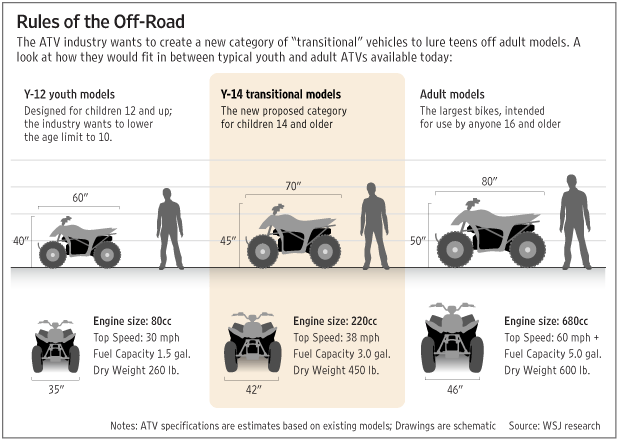 Other manufacturers, such as Honda, use what is called
curb weight, wet weight or ready to ride. This refers to the weight of the ATV with all standard equipment, all fluids and a full tank of gasoline. On an ATV, this won’t add a ton of weight and is not enough that it would impact your decision on buying an ATV. Finally, you may come across a listing for Gross Weight. This refers to the ATV and the total load it can carry including optional equipment and riders.
Other manufacturers, such as Honda, use what is called
curb weight, wet weight or ready to ride. This refers to the weight of the ATV with all standard equipment, all fluids and a full tank of gasoline. On an ATV, this won’t add a ton of weight and is not enough that it would impact your decision on buying an ATV. Finally, you may come across a listing for Gross Weight. This refers to the ATV and the total load it can carry including optional equipment and riders.
For each class of ATV, I found as many examples as I reasonably could and compared their listed weights to determine the average and any trends I mention.
The smallest entry-level youth ATVs are, of course, the lightest. The average weight of a 50cc ATV is about 215 pounds. The heaviest 50cc ATV I found was the Yamaha Raptor 50, which weighs 237 pounds. The lightest 50cc ATV I found was the Suzuki QuadSport Z50, which weighs less than me at only 174 pounds.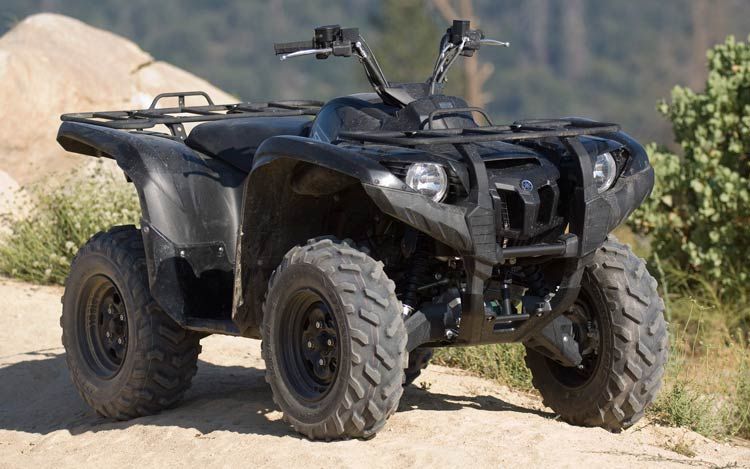 Most of the ATVs I saw fell in the 210-225 pound range.
Most of the ATVs I saw fell in the 210-225 pound range.
I could only find a few name-brand ATVs in the 70cc class. The average weight of those was about 250 pounds.
This is probably the most popular sized ATV for kids. The average 90cc ATV weighs about 265 pounds. The largest 90cc ATV I found was the AlphaSports Daisy 90, which weighs 289 pounds. The lightest, by a single pound, was the Bombardier DS 90, which weighs 249 pounds. Most of the 90cc ATVs I saw were in the 250-260 pound range, with a few heavier exceptions skewing the average.
200cc is the class where we start getting into the bigger youth models, but there is not a huge selection at 200cc. The average 200cc ATV weighs about 365 pounds. That average is again skewed by an outlier in the super-light Yamaha Blaster, which only weighs 250 pounds.
Most of the other 200cc ATVs were in the upper 300s or lower 400s, with the Polaris Saw Tooth topping the charts at 425 pounds.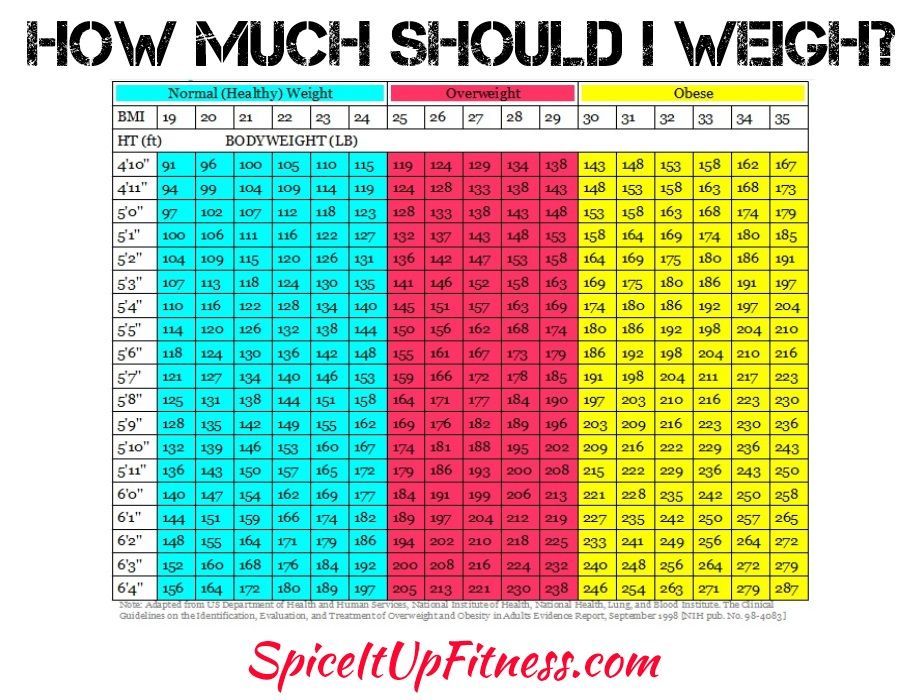
The average 250cc ATV weighs about 410 pounds. The lightest, by a fairly wide margin was the Honda TRX 250EX, which weighs only 360 pounds. The heaviest 250cc ATV I found was the Yamaha Big Bear 250, which weighs 456 pounds.
300cc is not a very popular class of ATVs so there weren’t many options. The heaviest 300cc ATV I found was the Polaris Hawkeye, which weighs 550 pounds. The lightest 300cc ATV I found was the Arctic Cat 300, which weighs 477 pounds. The average 300cc ATV weighs about 510 pounds.
The average 350cc ATV weighs about 490 pounds. This number was skewed downwards by the 375 pound Yamaha Raptor 350, which weighs 375 pounds. Most of the 350cc ATVs I saw were closer to, or over, 500 pounds. The heaviest 350cc ATV is the Arctic Cat 350, which weighs in at a relatively whopping 588 pounds.
At 400cc, we start getting into the more adult-sized ATVs. The average 400cc ATV weighs about 495 pounds. This is the lightest class where we really start seeing some huge ranges in weight with stark differences between sport and utility models. The lightest and heaviest 400cc ATVs are from Arctic Cat. The lightest is the Sport DVX 400, which weighs 372 pounds. The heaviest is the 400 4X4 Auto, which comes in at 645 pounds.
The average 400cc ATV weighs about 495 pounds. This is the lightest class where we really start seeing some huge ranges in weight with stark differences between sport and utility models. The lightest and heaviest 400cc ATVs are from Arctic Cat. The lightest is the Sport DVX 400, which weighs 372 pounds. The heaviest is the 400 4X4 Auto, which comes in at 645 pounds.
The average 450cc ATV weighs about 520 pounds, but there is a big difference between the sport and utility models in this class. The lighter sport models typically weigh less than 400 pounds. The lightest of which is the Yamaha YFZ 450, which weighs 350 pounds. The heavier utility models are 500-700 pounds. The heaviest I saw was the 696 pound Polaris Sportsman 450.
The average 500cc ATV weighs about 630 pounds. The two outliers bringing the average weight down are the Polaris Outlaw 500, at 425 pounds, and the Polaris Predator 500, at 405 pounds.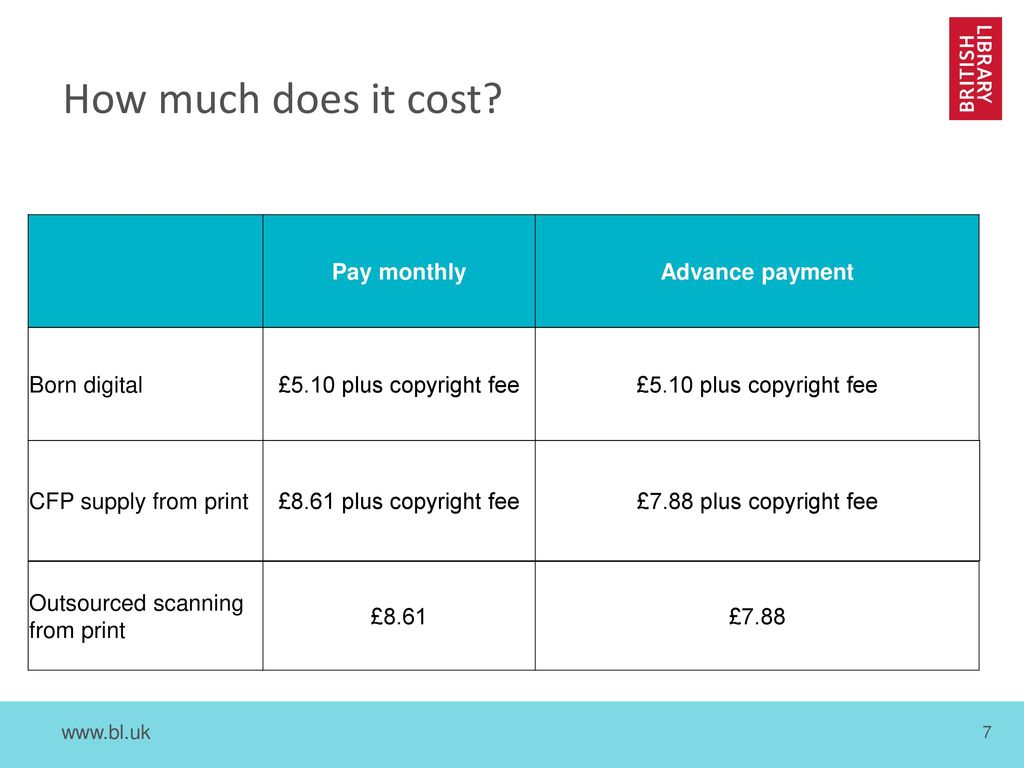 Most of the other 500cc ATVs I reviewed weighed more than the average of 630 pounds. The heaviest 500cc model I found was the Polaris Sportsman 500 X2 EFI, which weighs 791 pounds. As you might be catching on, The various Polaris Sportsman ATVs are usually heavier than their counterparts.
Most of the other 500cc ATVs I reviewed weighed more than the average of 630 pounds. The heaviest 500cc model I found was the Polaris Sportsman 500 X2 EFI, which weighs 791 pounds. As you might be catching on, The various Polaris Sportsman ATVs are usually heavier than their counterparts.
The average 650cc ATV weighs about 635 pounds. The heaviest machine I found at 650cc was the Arctic Cat h2 TRV Plus, which weighs in at 724 pounds. The lightest 650cc ATV I found was the Bombardier DS 650X, which wasn’t just the only 650cc ATV I found under 600 pounds, it was under 500 pounds, at just 494 pounds.
At 700cc, we see our biggest gap between the lightest and heaviest ATVS. The Yamaha Raptor 700R weighs in a shockingly light 396 pounds. On the other end, the Arctic Cat 700 Diesel weighs in at 809 pounds. With that wide spread, the average 700cc ATV weighs in at 645 pounds. While the Yamaha Raptor is by far the lightest, you can find a 700cc ATV at nearly any weight you want, with multiple models available in the 500s, 600s and 700s for pounds.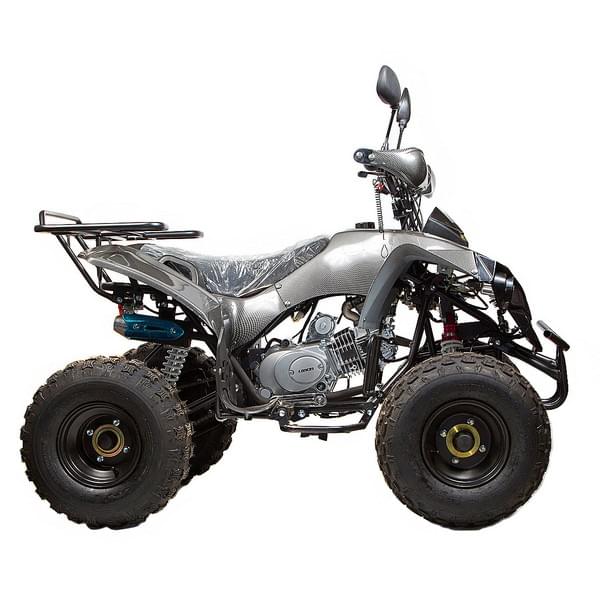
At 800cc, we are getting into the really big ATVs. The average 800cc ATV weighs about 715 pounds. The Bombardier Renegade 800 is probably the only 800cc ATV you can find under 600 pounds, and it weighs in at 597 pounds. The heaviest of the bunch is the Polaris Sportsman 800 X2 EFI, which weighs 839 pounds. Most of the 800cc ATVs are going to be plus or minus 50 pounds of 700 pounds. Indeed, the average 800cc ATV weighs about 715 pounds.
Finally, we get to the biggest of the bunch. The most powerful, and heaviest, ATVs out there are going to be the 1000cc ATVs. The average 1000cc ATV weighs about 840 pounds. At 1000cc, you just cannot find a light machine so there are a lot of considerations that need to go into purchasing such a large machine, other than just power. The lightest 1000cc ATV I could find was the Arctic Cat 1000XT, which still weighs 772 pounds.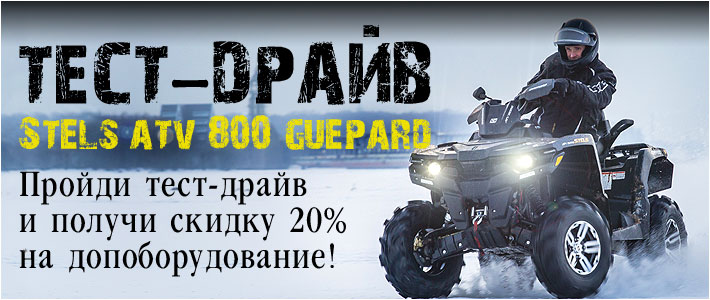 The heaviest 1000cc ATV I could find was the Polaris Sportsman XP 1000. At 927 pounds, that is an ATV you do not want landing on you.
The heaviest 1000cc ATV I could find was the Polaris Sportsman XP 1000. At 927 pounds, that is an ATV you do not want landing on you.
If you are buying a new ATV, check out these accessories you may want, and of course, don’t forget to check out our very select recommended gear.
Last updated:
450cc Sport ATVs weigh an average of 400 lbs while Utility ATVs of the same size weigh closer to 550 lbs, on average. ATV weight varies by ATV size, class and manufacturer. Sport ATVs favor lighter performance parts for racing where Utility ATVs require heavier duty parts to remain durable in work conditions. Manufacturers like Honda and Yamaha offer a sport-utility hybrid class of ATV designed to be sporty and tough. Sport-utility ATVs weigh more than pure sport models and less than pure utility ATVs, a happy medium.
ATV weight should not be confused with ATV capacity. ATV Weight refers to how heavy the ATV is and capacity refers to how much weight a four-wheeler can safely carry. There are also two weight designations per ATV. One is called “dry weight” which means the oils, gasoline and other fluids have not been included and the second is called wet weight, or simply weight. It is generally more useful to know the wet weight of an ATV as this is the condition the ATV will be in when riding.
ATV Weight refers to how heavy the ATV is and capacity refers to how much weight a four-wheeler can safely carry. There are also two weight designations per ATV. One is called “dry weight” which means the oils, gasoline and other fluids have not been included and the second is called wet weight, or simply weight. It is generally more useful to know the wet weight of an ATV as this is the condition the ATV will be in when riding.
Important: Actual ATV weight can vary depending on part options. I highly recommend downloading an ATV manual if you need to know the exact specs of an individual quad. Weights by engine size represent the aggregated average weights of popular ATV brands by engine size.
See also
There are several reasons why the weight of the ATV you ride matters. The most important reason is safety. ATV weight and injury severity potential are linked. A young or inexperienced driver should opt for a lighter ATV.
The most important reason is safety. ATV weight and injury severity potential are linked. A young or inexperienced driver should opt for a lighter ATV.
Another reason ATV weight matters is dependent on your riding goals. If you race your ATV you know that lighter is faster. That’s why you see some high horsepower quads weighing less than much smaller utility ATVs.
I hope this helps you get an idea about the weight of an ATV you might be considering for purchase. For more information on these and other ATVs visit the ATV Brands page. Ride safe!
ATV
Saltreador
Yamaha YFM 350 R aka Raptor is an evil adrenaline rush toy. This sports ATV, despite the modest engine size, is able to Read more Yamaha YFM 350 R review →
ATVYamahaReviewsATV
Saltreador
ATV Honda TRX 650 Rinkon is devoid of any aggressiveness, both in appearance and in character. This is not a sports equipment and not a monstrously powerful "rogue" like a liter Renegade or Read more Honda TRX 650 review →
This is not a sports equipment and not a monstrously powerful "rogue" like a liter Renegade or Read more Honda TRX 650 review →
ATV
Saltreador
Injection ATV Stels ATV 700 H is a solid, weighty utility vehicle. Of course, only cubic capacity makes it related to more expensive competitors, while Read more Stels ATV 700 review →
ATVStelsReviews Find:The John Deere Gator XUV 855D S4 is a four-seat UTV from a notorious manufacturer that can go almost anywhere you want, and[...]
Many ATV enthusiasts don't mind their kids following in their footsteps. Models like[...]
The heavy ATV Arctic Cat 1000 Mud Pro is a real leviathan for small ATVs. He is able to wade through any, the most difficult terrain, with a roar[. ..]
..]
The Honda Pioneer 700-4 utility buggy is not the only ATV that can take four people on board, but it is quite strong different[...]
Few people know that the world famous manufacturer KTM also produces ATVs, or ATVs. True, the line of four-wheeled friends at[...]
All-wheel drive sports ATV Yamaha Wolverine 450 fully justifies its name. The predatory appearance of this ATV really makes it look like a grouped[...]
The Stels UTV 800 Dominator all-terrain vehicle is the flagship of the Velomotors company of Russian-Chinese origin, the heaviest and most powerful of all ATVs and buggies[...]
Looking at the Arctic Cat TRV 700 utility ATV, you realize that you have already seen it somewhere. At least if you have ever[...]
The Stels ATV 600 Russian-Chinese utility ATV is aimed at those who want a powerful all-terrain vehicle, but do not want to overpay for a more famous brand. [... ]
[... ]
Stels Wolverine S800 is an example of a domestic-made snowmobile, albeit with Chinese roots, which is quite capable of competing on equal terms with [...]
Double ATV STELS ATV-DINLI 700 is equipped with a powerful winch, bull bar, alloy wheels, footrests for the second passenger, mirrors, front differential lock, turn signals, electronic scoreboard, front and rear trunk, independent rear and front suspension and has everything you need to meet the needs his master. The Stels Dinli 700 ATV boasts 53l / s and a second passenger seat in addition to all of the above. This is a real utility ATV capable of many things - off-road travel together, hunting and fishing, gardening, snow clearing and much more. nine0003
| Engine | |
| Engine type | 4 stroke |
| Ignition | Electronic CDI |
| Engine description | 1 cylinder |
| Engine size | 694.6 cm³ |
| Engine power | 27 HP |
| Torque | 45 Nm |
| Engine oil type | 10w40 |
| Transmission | nine0086|
| Transmission | CVT, with reverse |
| Fuel System | |
| Fuel supply | injector |
| Fuel injection system | Carburetor: Mikuni |
| Fuel tank capacity | 20 |
| Performance | |
| Fuel | AI-92 |
| Dimensions and Weight | |
| Weight | 340 kg. |
| Options | |
| Maximum speed | 110 km/h |
| Options | |
| Seat height | 880 mm |
| ground clearance / ground clearance | 340 mm |
| Frame | |
| Frame material | steel |
| Suspension | |
| Front suspension | independent |
| front suspension description | spring-hydraulic |
| Rear suspension | independent | nine0086
| Rear suspension description | spring with hydraulic damper |
| Brake system | |
| Front brake | disk; hydraulic, disc |
| Rear brake | disk; hydraulic, disc |
| Wheels | |
| Front tire? | sixteen |
| Wheels | cast |